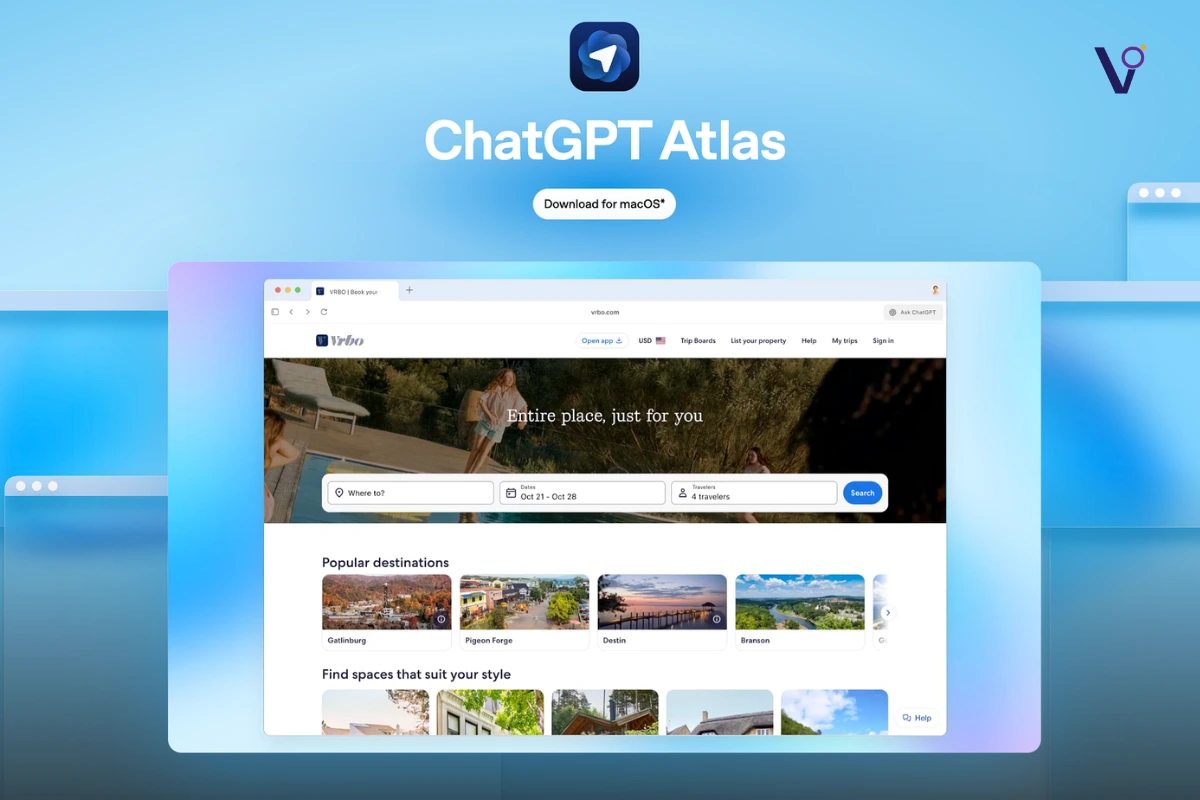Let’s be real — if you’re operating an e-commerce business in 2025, your attention should be on the Gen Z market. This generation has a total purchasing power of more than $450 billion and accounts for 40% of global consumers. By 2030, they will be 177% of global retail spend. Not to mention, they already have over $360 billion in disposable income. So the question isn’t whether you should market to them — it’s how.
Here’s a clear, structured breakdown of how to tap into the Gen Z market in 2025:
1. Leverage YouTube — Their Most Trusted Platform
- Over 80% of Gen Z actively uses YouTube, making it the most trusted social media channel for this generation.
- They treat YouTube like older generations treated Netflix — for entertainment, product research, reviews, and tutorials.
- 90% of Gen Z uses YouTube to learn new skills.
What brands should do:
Start creating tutorials and product reviews — not just for your products but even for competitor products. For instance, if you’re selling hiking shoes, begin a YouTube channel reviewing hiking products in general. This establishes credibility and positions your brand as truthful and transparent.
Also, though short-form content such as reels and shorts is trending, 59% of Gen Z use short form videos to find long-form videos. They’re watching longer content for 50% more time, so brands need to employ short videos to direct people to longer, more informative videos.
2. Offer ‘Buy Now Pay Later’ Payment Options
- More than 55% of Gen Z shop with Buy Now Pay Later (BNPL) services.
- The BNPL market is expanding more than 16% per year, and Gen Z isn’t slowing down even when budgets tighten.
What brands should do:
If you don’t offer BNPL in 2025, you’re losing out. Integrate services like Shop Pay, Afterpay, or Klarna into your checkout process.
Also, note that 36% of Gen Z uses pay-by-bank methods every week. Gen Z is after instant gratification and fast, secure payment options. If a brand doesn’t offer this, they’ll move on to one that does.
3. Shift Product Discovery to Social Media and Micro-Influencers
- Gen Z relies on YouTube, TikTok, and Instagram for product decisions — not Google searches or professional blogs.
- Micro-influencers, not big celebrities, hold real influence. Even a friend with a few thousand followers can matter if they’ve built trust within a niche.

What brands should do:
Partner with micro-influencers in your niche. Be real — no over-processed, scripted stuff. Gen Z values authenticity, and it’s better if influencers openly share both pros and cons of your product.
Incorporate long-tail keywords in your content strategy. A video titled “The best hiking boots for cold mountain climbs” can capture more targeted traffic than a generic ad.
Also, explore TikTok search ads — with 55% of TikTok users actively discovering new products on the app, this is one of the fastest ways to tap into this generation.
4. Build Trust Through Shared Values
- Gen Z doesn’t purchase products — they purchase brands.
- 64% of Gen Z will pay extra to sustain a brand they’re loyal to.
- 36% have boycotted a brand within the last year.
What brands should do:
Take a stand. 50% of Gen Z want brands to tackle social issues. Avoiding a position isn’t an option anymore.
Also, focus on sustainability — 68% of Gen Z are eco-friendly shoppers, and they’re more willing than any other generation to pay 50% or even 100% more for sustainable products.
Engage these values through YouTube — 59% of Gen Z find YouTube credible. It’s the perfect platform to be transparent about your business practices and beliefs.
5. Optimize Mobile Shopping Experience
- 74% of Gen Z prefers to shop on their phones over any other device.
- By 2027, mobile devices will account for 88% of e-commerce shopping.
What brands should do:
Prioritize a mobile-first website design. Faster load times, seamless checkouts, and guest checkout options are essential.
The goal is to remove every possible hurdle between product discovery and purchase. Speed and convenience are everything.
Final Thoughts
Take-home message is clear: tap into Gen Z’s routines, platforms, and values. tap into Gen Z’s habits, platforms, and values. From building trust on YouTube to offering flexible payment options and aligning with social causes, it’s about meeting them where they already are, not where you wish they were.
The brands that move first and stay authentic will win big with this generation.
Gen Z discovers products via social media, especially TikTok and Instagram. They prioritize sustainability, prefer seamless digital-physical experiences, and value brands aligned with their beliefs over impulse buys.
Micro-influencers have major influence over Gen Z. Authentic, unpolished, honest content from trusted niche creators drives product discovery and trust better than celebrity endorsements or polished brand ads.
Because they buy into a brand’s values, not just its products. Transparency, social responsibility, and alignment with their beliefs make Gen Z loyal and willing to pay premium prices.
By being authentic, socially responsible, collaborating with niche influencers, creating engaging YouTube content, offering BNPL options, and optimizing mobile-first websites for seamless, fast, and convenient shopping experiences.
Yes — 64% of Gen Z pays more to support brands they trust. But they’ll boycott brands that stay silent on issues. Shared values and honesty build lasting loyalty.



